The Truth Behind Fashion: Environmental and Ethical Concerns, Robinmay VS Strathberry

In the labyrinth of the fashion industry, where glamor often obscures reality, lies a shadowy underbelly of environmental degradation and ethical misconduct. While the runway dazzles with the latest trends and designs, the true cost of fashion remains obscured from view. It's a tale of two extremes—on one end, brands proclaiming their commitment to sustainability and ethics, while on the other, the stark reality of exploitative practices and environmental harm.
DISCLAIMER: This is an UNSPONSORED review. I purchased all of these products myself and am not affiliated with the brand mentioned in any way. All statements and expressions made about the products are solely the opinion of Tanner Leatherstein and are not meant to be conclusive or definitive. The purpose of this video is for informational and educational purposes only. We recommend that as a consumer, you exercise your due diligence and research on the products before adopting the opinion of Tanner Leatherstein.
NOTE: Some of the links here are affiliate links. We might get a small commission when you choose to purchase the product through our link which will help to support our Leathertainment content and channel. But rest assured that everything written in this article is our independent review.
What's Inside?
The Dual Nature of the Fashion Industry: Glamour vs. Reality
Fashion, with its glitz and glamor, has long captivated the masses, offering an escape into a world of style and sophistication. Yet, beneath the surface lies a darker truth—one marred by environmental degradation, exploitation of labor, and disregard for ethical standards.
The fashion industry's insatiable appetite for profit has fueled a relentless cycle of production and consumption, with little regard for the planet or its inhabitants.
The Rise of Fast Fashion and Its Consequences
At the heart of this dilemma lies the rise of fast fashion—a phenomenon characterized by rapid production cycles, low-cost manufacturing, and disposable garments. Brands churn out new collections at breakneck speed, enticing consumers with cheap prices and trendy designs.
However, this insatiable demand for fast, cheap fashion comes at a steep price—both for the environment and the workers who labor tirelessly behind the scenes.
Deceptive Practices: The Case of Robinmay
Last week, I uncovered the deceptive practices of a rapidly growing fast fashion brand—Robinmay. Their audacious claim of presenting fake plastic as "environmentally friendly leather" served as a pure reminder of the industry's penchant for greenwashing. Despite lofty promises of sustainability and ethics, the reality painted a far bleaker picture—a picture tainted by deceit, exploitation, and environmental harm.
Read : The Truth About Leather and Fast Fashion, Robin May Review
Strathberry: A Beacon of Hope in a Sea of Darkness
Amidst the sea of deception and exploitation, there shines a beacon of hope—Strathberry. Renowned for its luxury craftsmanship and commitment to sustainability, Strathberry stands as a testament to the possibility of ethical fashion. Having previously reviewed Strathberry, I embarked on a journey to delve deeper into their sustainability efforts and unravel the truth behind their claims.
Read : The Meghan Markle Effect: How Strathberry Became a Household Name
A Fair Comparison: Robinmay vs. Strathberry
To conduct a fair comparison, I scrutinized three key aspects: material sourcing, manufacturing practices, and durability —areas where Robinmay had failed miserably. Armed with a critical eye and a commitment to transparency, I set out to uncover the truth behind Strathberry's sustainability claims.
Material Sourcing: The Foundation of Sustainability
At the heart of Strathberry's sustainability efforts lies its commitment to ethical material sourcing. Unlike Robinmay's deceitful practices, Strathberry proudly proclaims its use of leather from Spanish LWG-certified tanneries —ensuring the highest environmental standards. A visit to the tanneries in Igualada, Spain, reaffirmed the authenticity of their claims, revealing a commitment to quality and transparency unmatched by their fast fashion counterparts.
Moving on to the hardware aspect, last week I critiqued the Robinmay bag's extensive use of low-grade hardware, highlighting the detrimental effects of cheaply made components, especially those manufactured in China.
However, my investigative journey led me to the supplier of Strathberry's hardware, a stroke of luck as I stumbled upon their reference at a Lineapelle fair. Following this lead, I ventured to the factory in China and discovered that while they use the same alloy hardware, the key differentiator lies in the superior coating applied.
While I don't claim expertise in this domain, the cleanliness and professionalism observed at the manufacturer, along with the reputable brands they supply, instilled confidence in the supplier. It's worth noting that shady hardware operations typically operate under-the-table, a clear contrast to the transparent and regulated processes witnessed firsthand. Even in China, where such operations may have thrived in the past, there's a growing shift towards ethical and environmentally responsible practices.
Manufacturing Practices: Ethical Craftsmanship at Its Finest
Turning my attention to production, it became evident that Strathberry's origins were deeply rooted in Ubrique —a picturesque village renowned for its artisanal craftsmanship, a cornerstone of many luxury labels. Fascinated by this revelation, I embarked on three separate trips to Ubrique, where I had the privilege of witnessing the meticulous creation of Strathberry bags firsthand.
Within the confines of Ubrique's workshops, I observed skilled artisans—content in their craft—crafting Strathberry bags alongside esteemed luxury labels. While it's important to acknowledge that these artisans may not be reaping substantial financial rewards, it's an undeniable reality of today's capitalist system. Despite the premium price tags associated with luxury goods, the artisans themselves seldom reap the benefits, with the lion's share of profits lining the pockets of shareholders.
Durability: Quality Beyond Surface
Upon inspecting the interior of Strathberry's Mosaic Nano Bag, I'm greeted by a pristine and meticulously crafted inner structure—a telltale sign of the brand's commitment to quality. This attention to detail aligns seamlessly with my initial review, where I noted the use of high-quality materials synonymous with top luxury labels.
As I meticulously remove the finish with acetone, the superior quality of the calfskin becomes apparent, reaffirming my admiration for the brand's leather choice. This glaring comparison between real leather and inferior PU alternatives underscores the longevity of leather products, which far surpasses their synthetic counterparts, ultimately reducing waste accumulation in landfills.
Turning my attention to the hardware, I note the robustness of the coating—a testament to its durability. While it may not boast the highest quality stainless steel seen in top luxury labels, it certainly exceeds the average hardware quality found in this segment of the market. The thick coating, coupled with a thin layer of protection, instills confidence in its ability to retain its color and shine over time.
Investing in Sustainability: The True Cost of Fashion
Considering all the materials used, I estimate the total cost of this Strathberry bag to be around $130, inclusive of leather, hardware, and craftsmanship in Spain. Despite this, I purchased the bag for $550 at Strathberry's London store, indicating a price multiplier of 4X, which, in my opinion, is a fair pricing strategy. This striking contrast between the cost of an $80 fast fashion bag and a $550 real leather luxury bag is undeniable. Personally, I find greater comfort in investing in the latter, knowing that my purchase contributes positively rather than supporting a product that brings no benefit to anyone it touches.
Ultimately, the decision is yours to make, and I'm not here to pass judgment. However, I feel compelled to share the behind-the-scenes stories of this industry, shedding light on the realities often obscured by glitz and glamor. The journey towards a more sustainable and ethical fashion industry is far from over. As consumers, we wield the power to drive change through our purchasing decisions.
Conclusion
As I conclude this exploration into the fashion industry's underbelly, I implore you to consider the true cost of your fashion choices. Behind every purchase lies a story—a story of environmental impact, ethical sourcing, and human rights. Let's choose to support brands that prioritize integrity and sustainability, ensuring a brighter, more conscientious future for fashion.





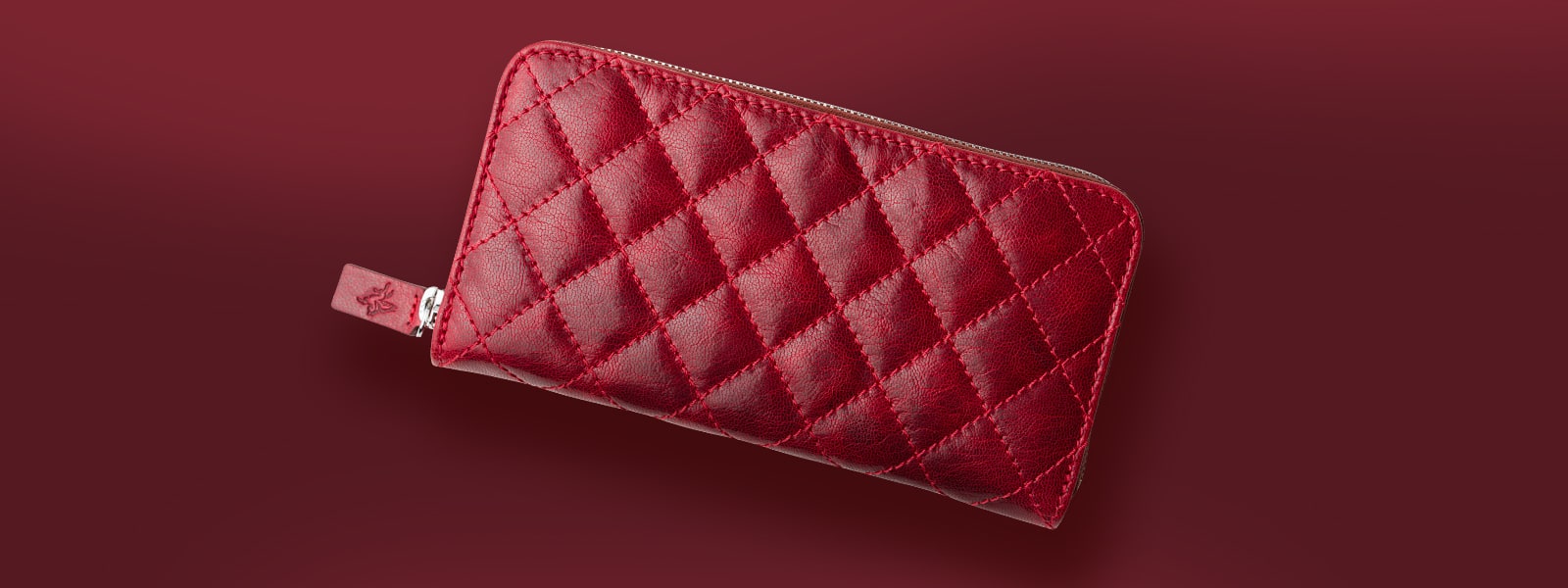
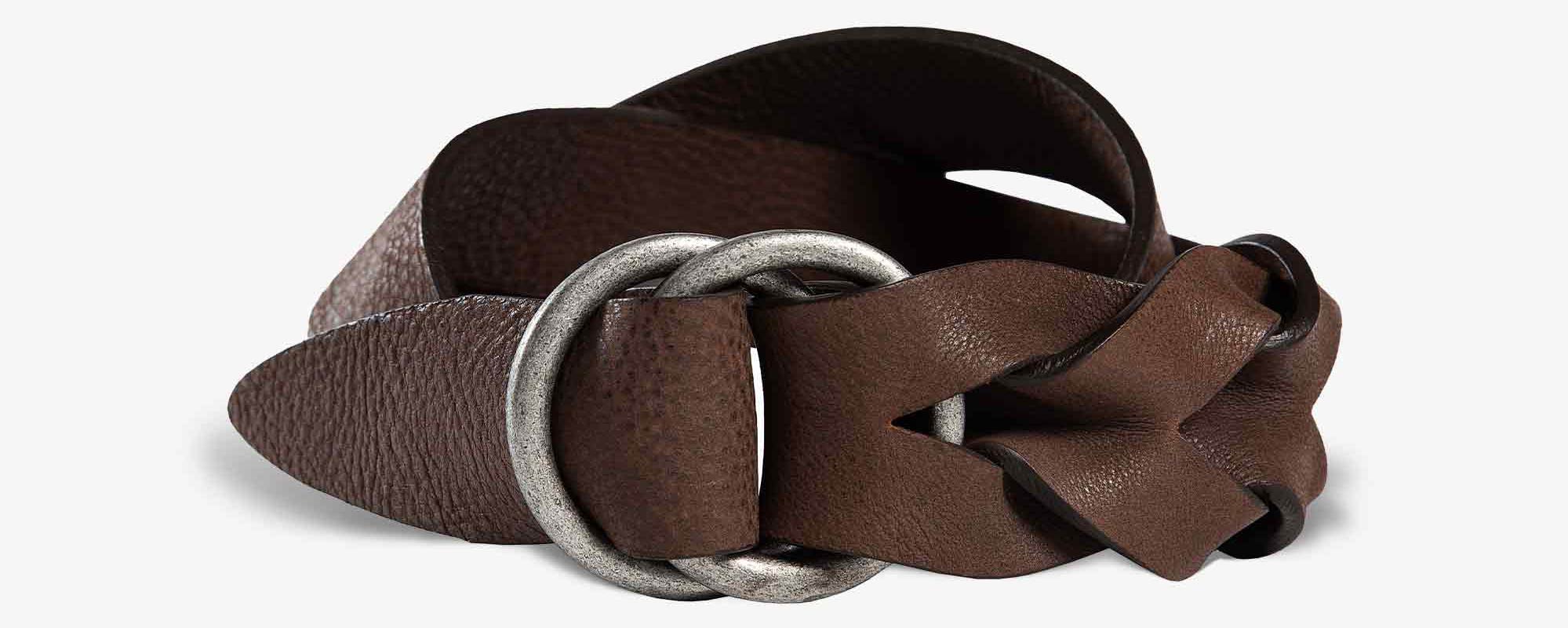

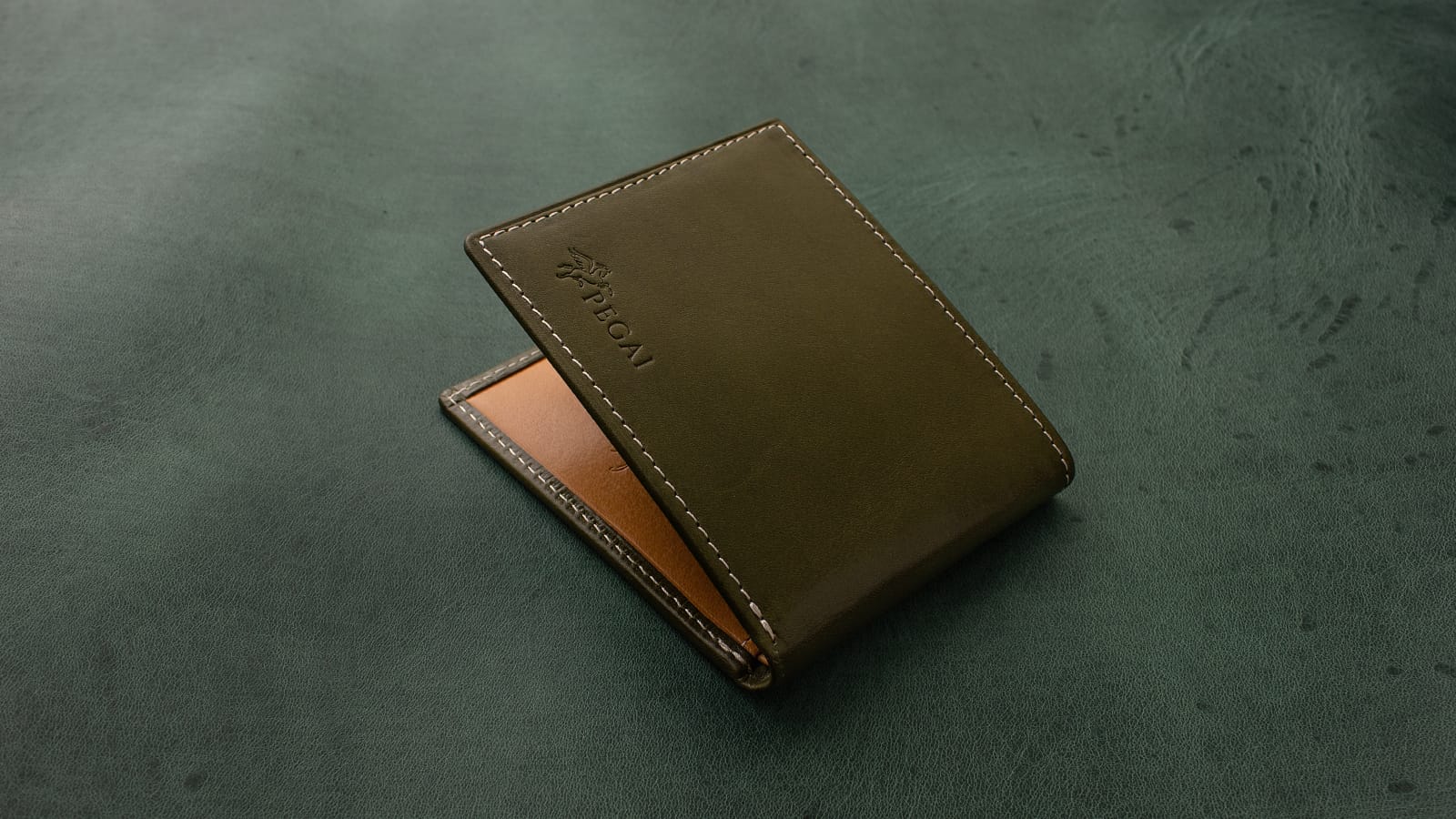
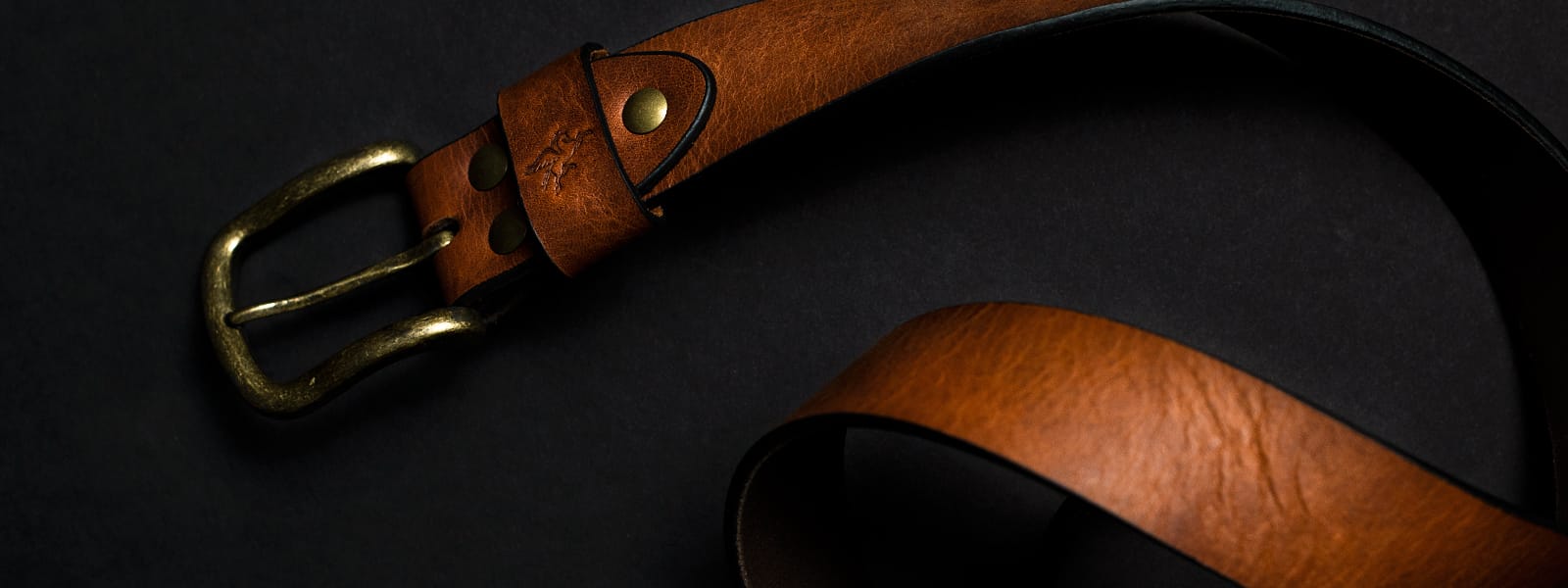

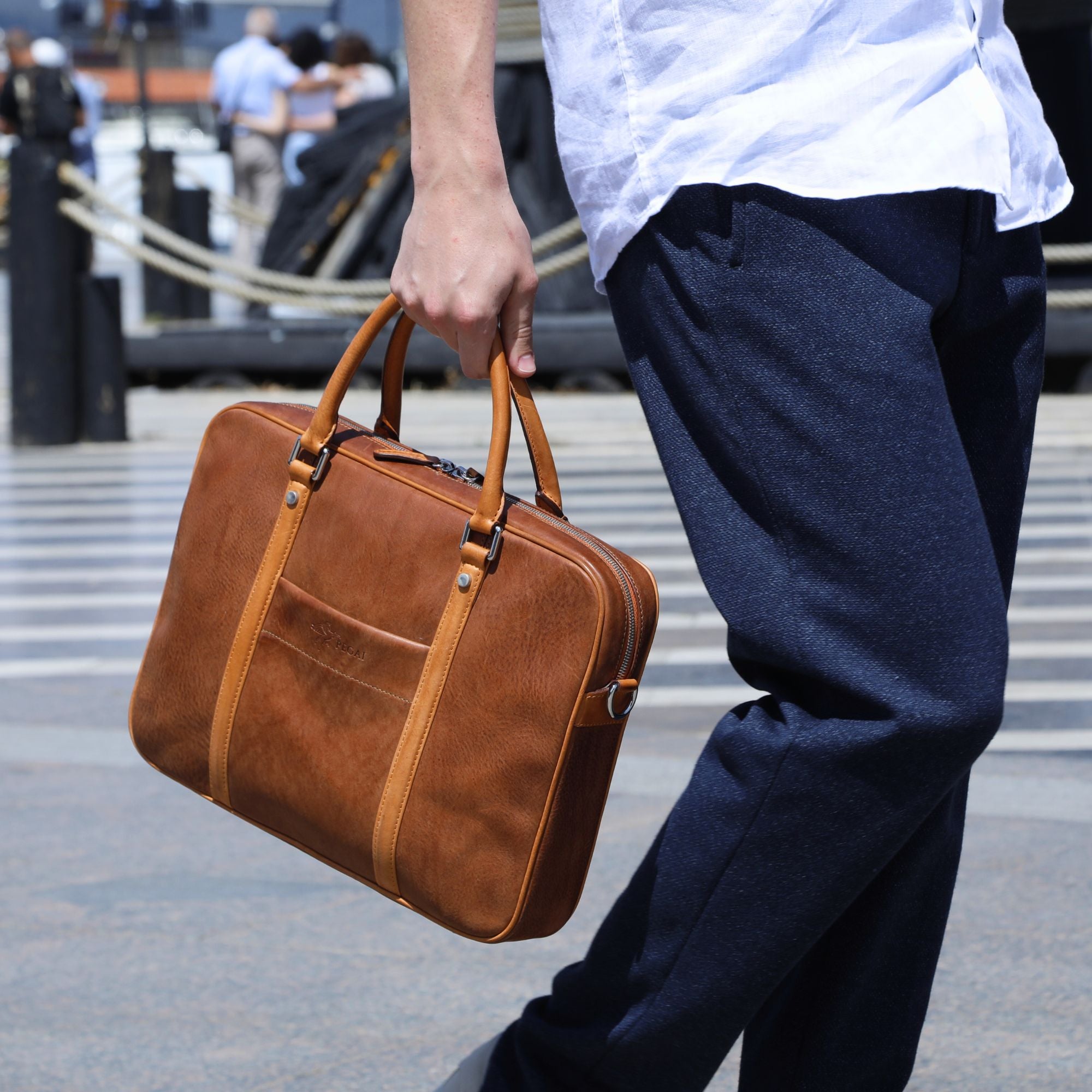
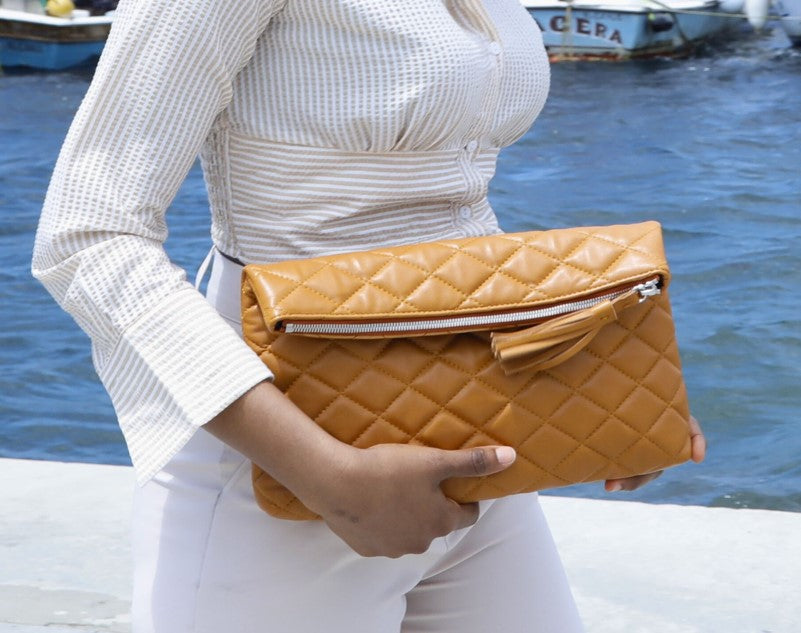
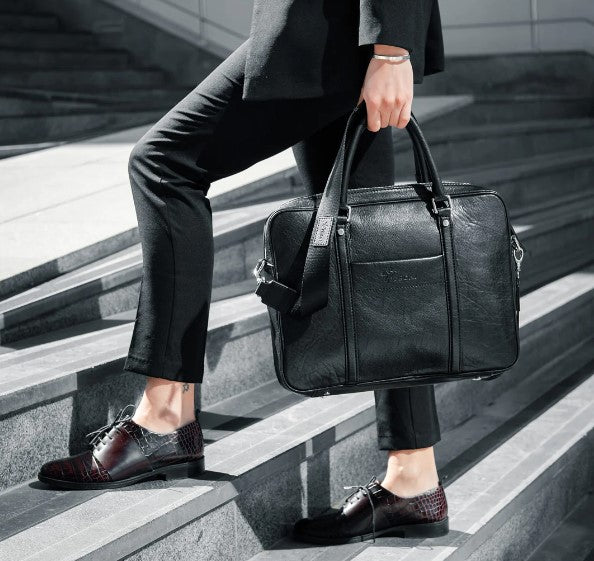
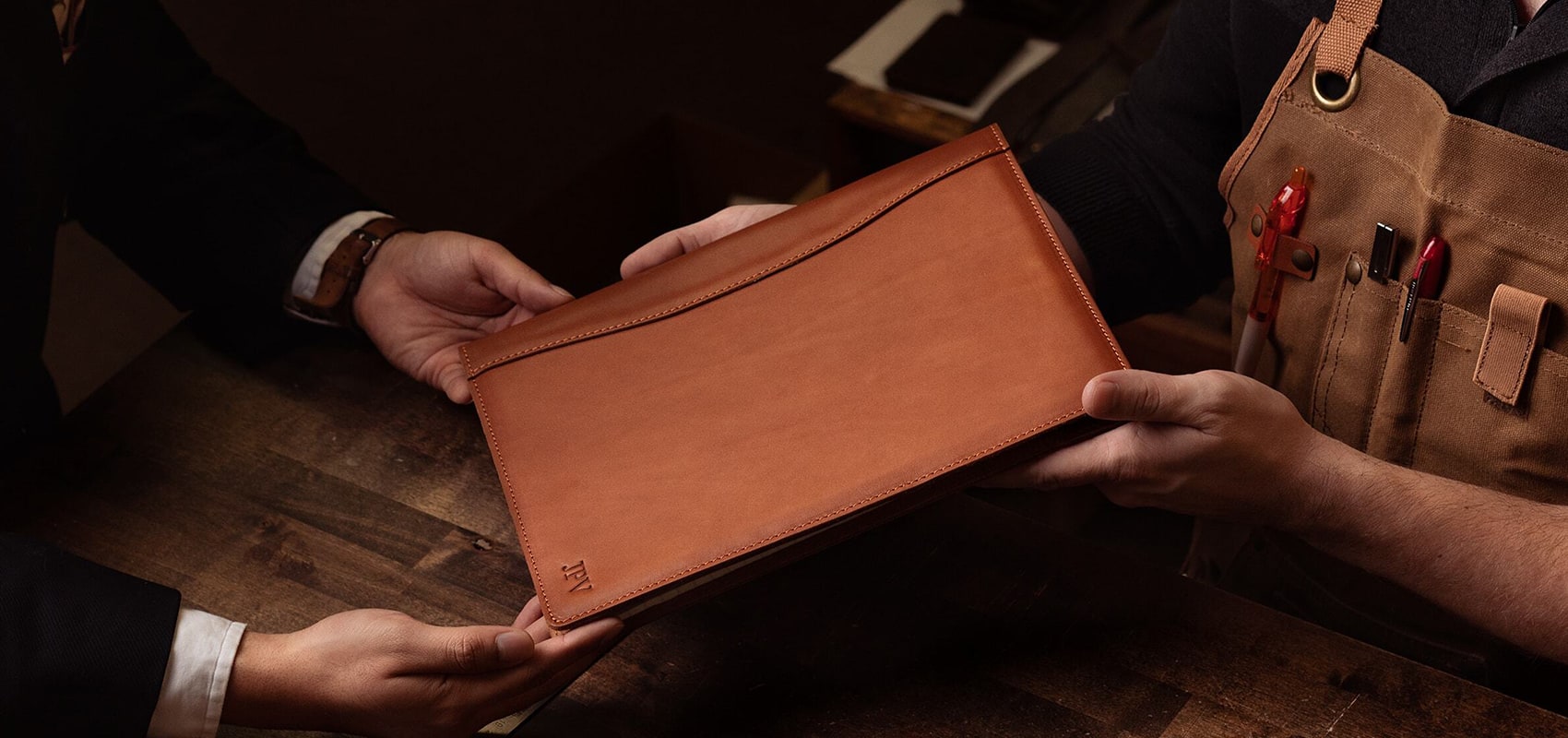

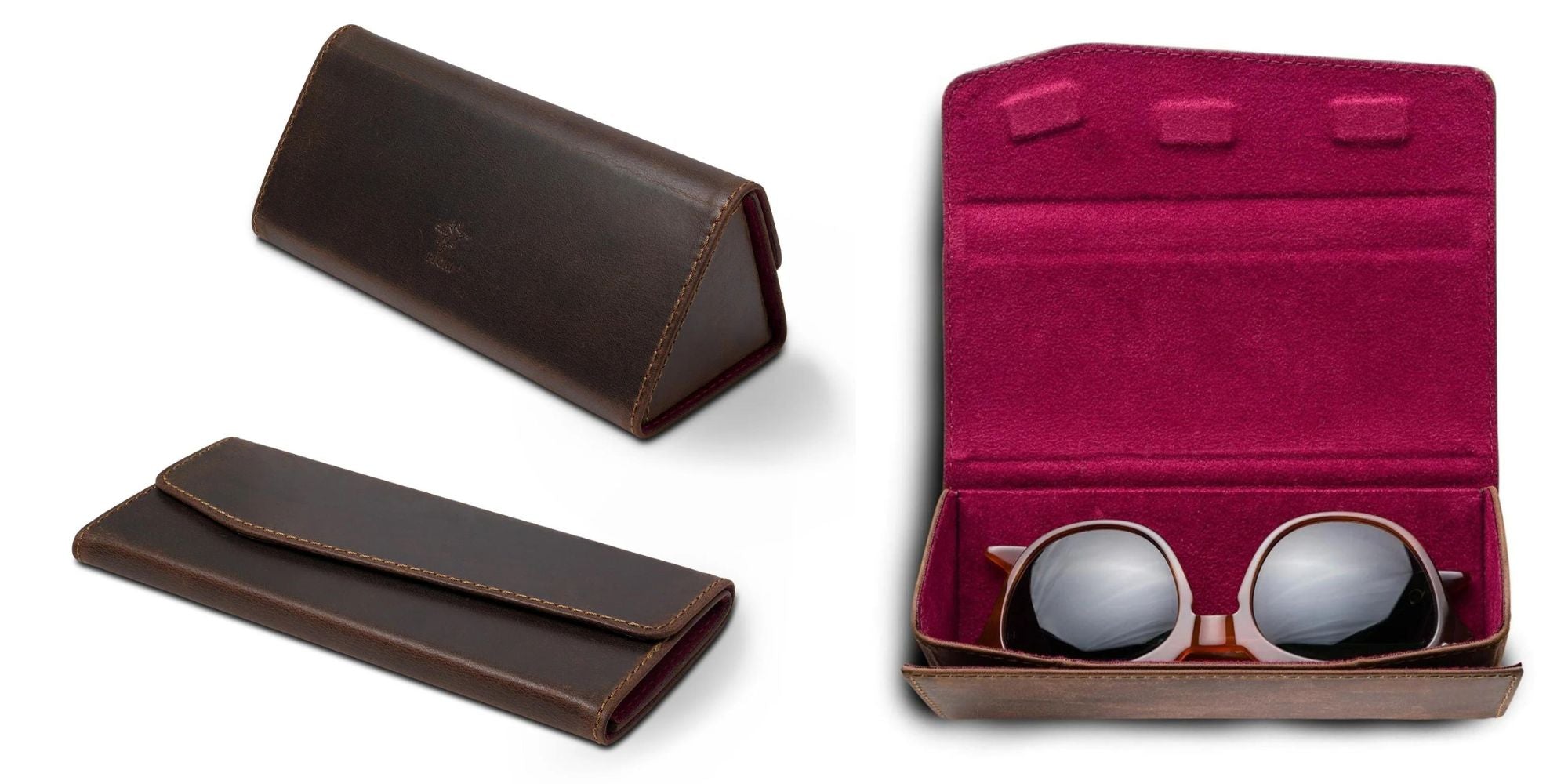
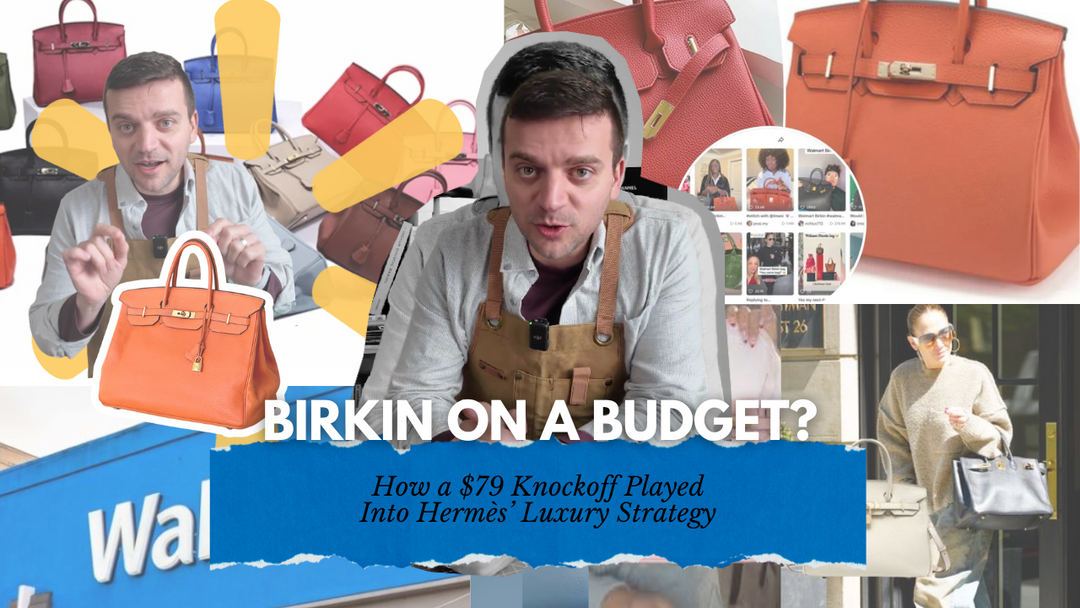

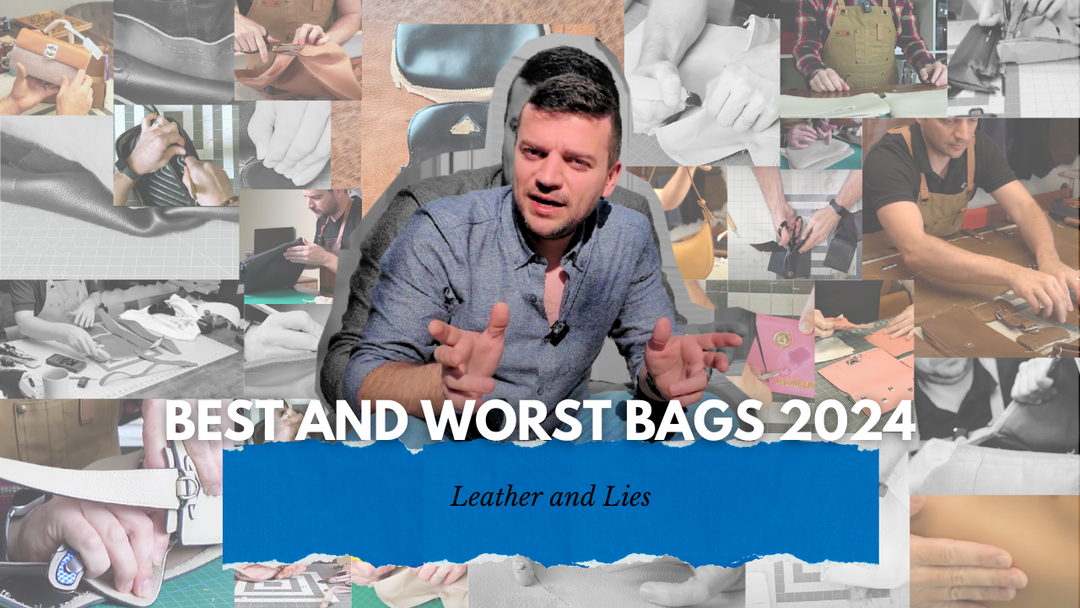
Leave a comment